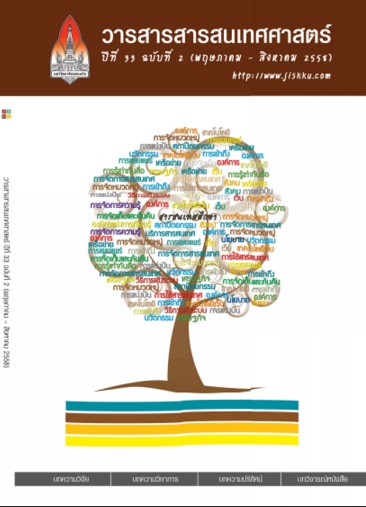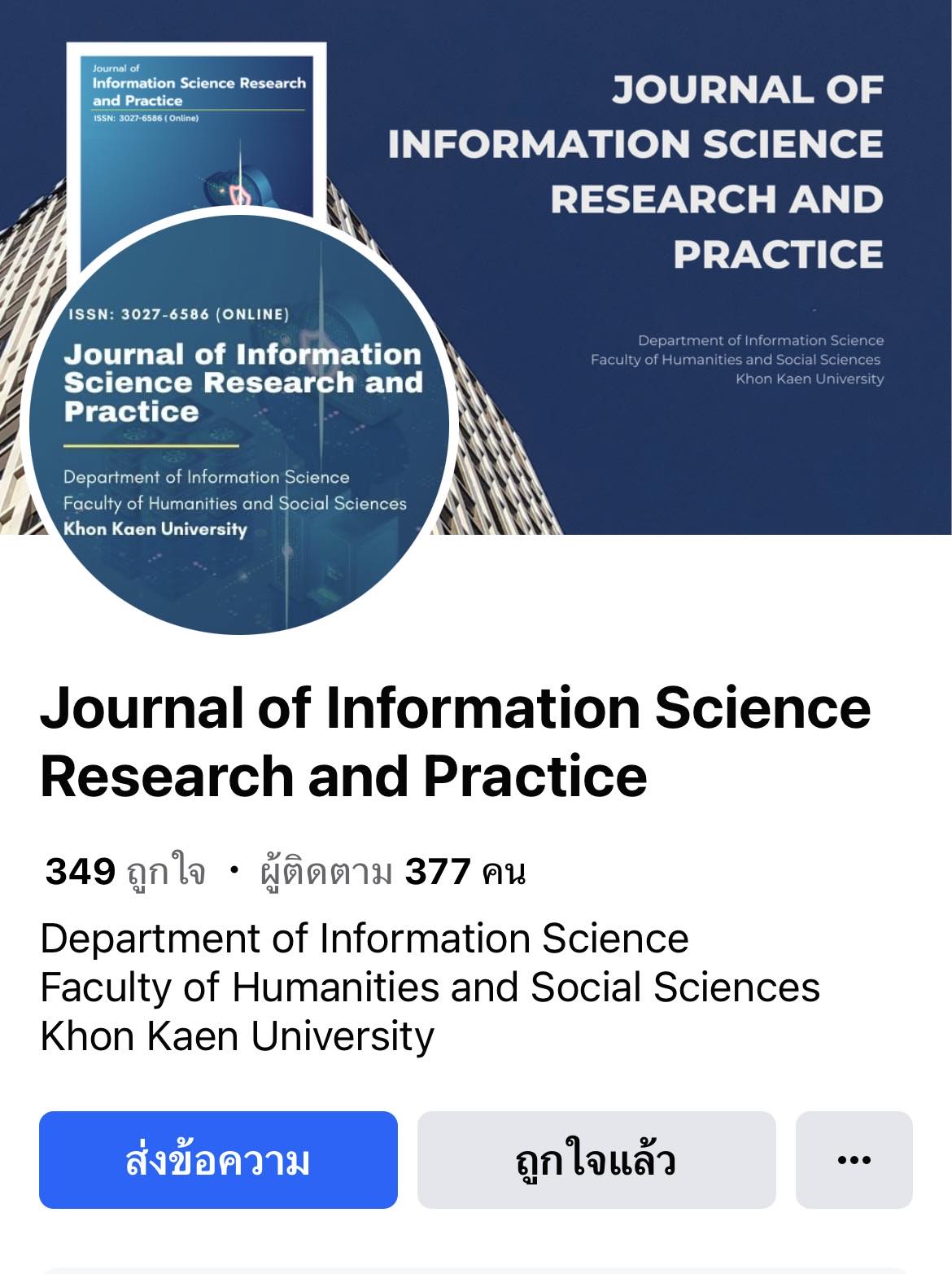ิ้นสวนพลาสติเนท : ทรัพยากรสารสนเทศ สําหรับการเรียนการสอนทางการแพทยในศตวรรษที่ 21 (Plastinated Material/Body : Information Resources for Medical Learning in 21 Century)
Keywords:
Plastinated Materials/Body, Plastination, 21st Century Learning, Anatomical MuseumAbstract
บทคัดยอ
พลาสติเนชั่นเปนเทคโนโลยีใหมที่นําชิ้นสวนของตัวอยางที่ชําแหละมาจากรางกายมนุษยรวมถึงสวนที่ตัดจากรางกายมนุษยเปนชิ้นบางๆมาถายทอดรายละเอียดทางกายวิภาคในรูปแบบของมิติไดอยางชัดเจน มีงานวิจัยหลายชิ้นพบวา ผูใชชิ้นสวนพลาสติเนทส่วนใหญ่พึงพอใจที่จะชิ้นส่วนเป็นทรัพยากรสารสนเทศด้านการแพทย์ ในสวนของกายวิภาค แมวาการชําแหละรางกายมนุษยสดเปนที่ยอมรับวาเปนทรัพยากรสารสนเทศที่มีคุณคายิ่งในการเรียนรูกายวิภาคของรางกายมนุษยก็ตาม แตชิ้นสวนพลาสติเนทเป็นทรัพยากรสารสนเทศที่สามารถแทนร่างกายมนุษย์สดโดยสามารถแสดงรายละเอียดของรางกายมนุษยได ลดขอจํากัดดานเวลา การเคลื่อนยายและพื้นที่ในการเก็บรักษาอีกทั้งสามารถดัดแปลงพื้นที่จัดเก็บเปนพิพิธภัณฑกายวิภาคศาสตรที่ทันสมัยพรอมที่จะใหความรูทั้งแกนักศึกษาแพทยและผูสนใจได การเปลี่ยนแปลงหองเรียนและการปรับบรรยากาศการเรียนรู้และการจัดหาทรัพยากรสารสนเทศประเภทชิ้นส่วนพลาสติเนท ดังที่กลาวมานั้นจะสอดคลองกับการเรียนรูในศตวรรษที่ 21 กลาวคือนักศึกษาแพทยจะเกิดการเรียรรู้ด้วยตนเองเกิดการเรียนรูอยางเต็มที่ มีการแบงปนความรูซึ่งกันและกันจนสามารถแก้ปัญหาได้ในที่สุดและในที่สุดนักศึกษาแพทย์จะมีการพัฒนาการเรียนรู้อย่างต่อเนื่องตลอดไป
Abstract
Plastination is an advanced scientific technique that makes it possible to
preserve body parts, bodies, well dissected specimens and body slices which can
make accurate anatomical surface stereoscopic view. Many previous researches
showed that the majority of users appreciated and valued the plastinated material/
body as a resource for their anatomical study. Even anatomy and dissection using
cadaveric material have long been considered a milestone of medical education
but plastinated material/body can decrease the constraint of the following: time,
the process of preservation, movement and preservation place. Many medical
schools have adjusted preservation place as modern anatomical museum to serve
the medical students and public. As the translation of the following: classroom,
learning environment and resources as mentioned above, it can well relate to the
21st Century learning. Medical students will acquire learning-by-doing, self-directed
learning, sharing knowledge until they can solve and discover the new solution.
Finally, they will obtain their own continuing knowledge improvements.








